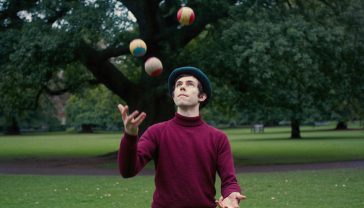The Power of Acting: Discover the Transformative Journey of Self-Expression
Your ultimate guide to the power of acting. Explore its rich history from Shakespeare to the screen, learn key techniques, and discover how to start your own journey in the UK.
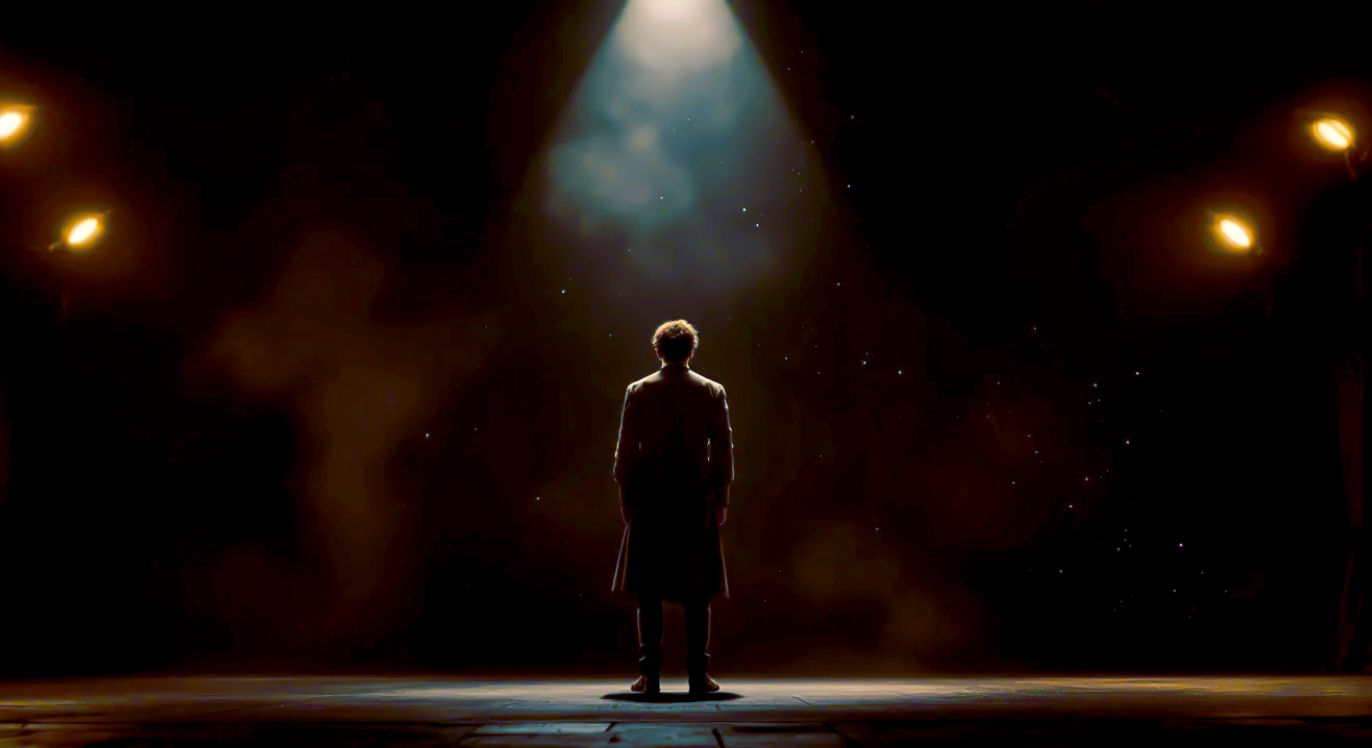
This post may contain affiliate links. If you make a purchase through these links, we may earn a commission at no additional cost to you.
Have you ever watched a film or a play and felt completely lost in the story? You forget you’re sitting in a plush velvet seat or curled up on your sofa. For a little while, you’re right there with the characters, feeling their joy, their heartbreak, their fear. That incredible magic is the power of acting. It’s more than just pretending or reciting lines from a script; it’s about stepping into someone else’s shoes and telling their story so truthfully that it feels real.
Acting is a craft that has fascinated people for thousands of years, from the ancient amphitheatres of Greece to the grand stages of London’s West End. It’s a way of exploring what it means to be human – our flaws, our strengths, and all the messy bits in between. But it’s not just for the professionals you see on TV, like Dame Judi Dench or Idris Elba. The skills you learn in acting – confidence, empathy, and understanding others – are tools for life.
This article is your guide to the transformative world of acting. We’ll journey through its rich history, uncover the secrets behind powerful performances, and explore how you, too, can unlock your own potential for self-expression. Whether you dream of treading the boards or simply want to build a bit more confidence for your next presentation at work, there’s something here for you. So, let’s pull back the curtain and discover the magic together.
What Is Acting, Really? The Art of Truthful Storytelling
At its heart, acting is the art of telling a story through a character. It’s about creating a believable person and showing the audience their world through their eyes. It’s not about putting on a mask, but rather revealing a truth. The best actors don’t just say the words; they make you believe they are the character.
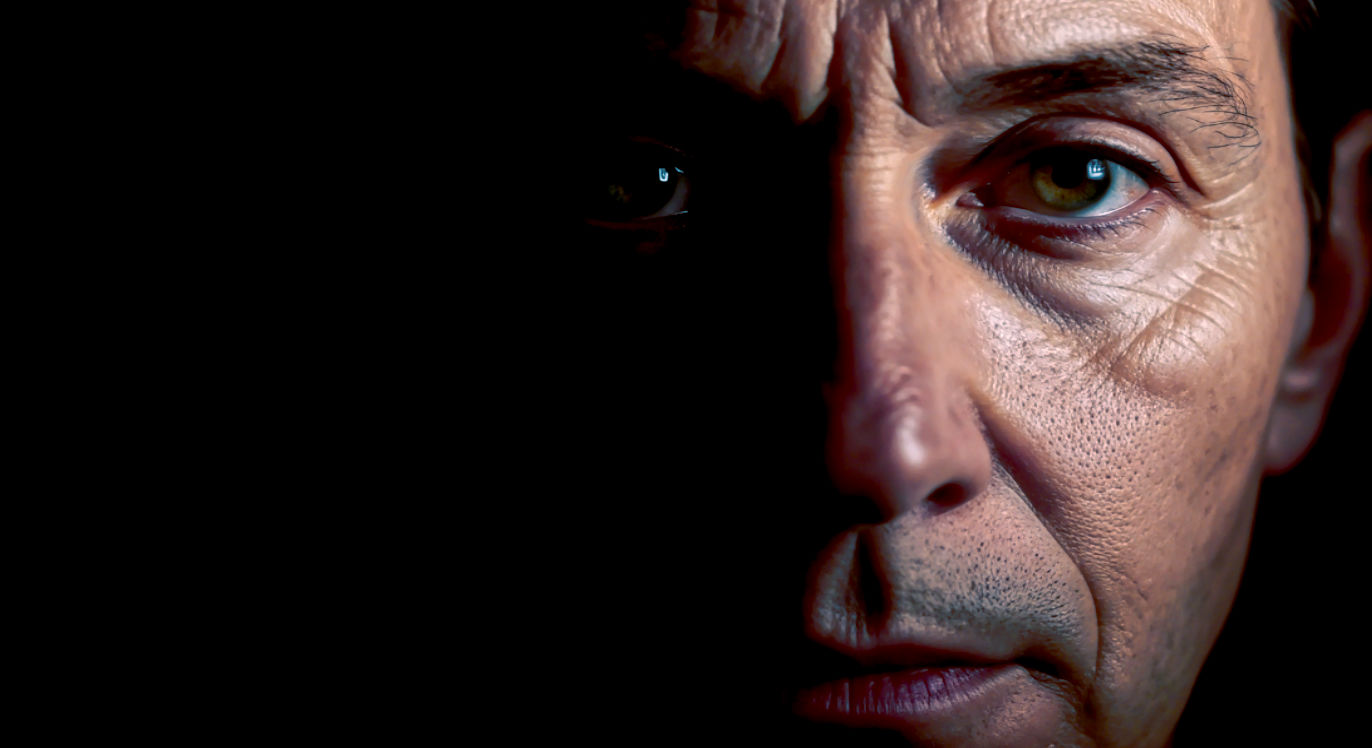
Think about it like this: a script is just a blueprint. It gives an actor the words to say and a rough idea of the situation. But it’s the actor’s job to be the architect, the builder, and the interior designer all in one. They have to build the character from the ground up, figuring out everything from how they walk and talk to what they dream about at night. What are their hopes? What keeps them awake? What makes them laugh until their sides hurt?
This process is about making specific choices. An actor decides how to say a line. Is it a whisper full of secrets or a shout filled with rage? They decide how to move. Do they shrink into a corner or stand tall and proud? Every tiny detail helps to paint a picture of a living, breathing person. This is what separates a good performance from a truly unforgettable one. It’s the difference between someone reciting a shopping list and someone telling you the most important story in the world.
The Core Ingredients: Voice, Body, and Imagination
To build these believable characters, actors rely on three fundamental tools. These are the instruments they must master to bring their performances to life.
The Voice: More Than Just Words
An actor’s voice is one of their most powerful assets. It’s not just about speaking clearly so the audience can hear you (though that’s very important, especially in a big theatre!). It’s about using your voice to convey emotion and intention.
- Pitch: This is how high or low your voice is. A character might speak in a high, anxious pitch when they’re nervous, or a low, rumbling pitch when they’re angry.
- Pace: How quickly or slowly do they speak? Rushed words might show panic, while a slow, deliberate pace could suggest thoughtfulness or menace.
- Volume: Shouting isn’t the only way to show strong emotion. Sometimes, a whisper can be far more powerful and draw the audience in.
- Tone: This is the emotional colour of the voice. Is it warm and gentle, or cold and sharp? The same line, “I’m fine,” can mean completely different things depending on the tone.
Actors train their voices like musicians train with their instruments. They do exercises to improve their breathing, strengthen their vocal cords, and expand their range. Many learn different accents, too, which is a vital skill for British actors who might need to play characters from anywhere between the Scottish Highlands and Cornwall.
The Body: Speaking Without a Sound
Long before a character speaks a single word, their body has already started telling the story. This is what we call physicality. It’s how an actor uses their body to communicate.
- Posture: Does your character slouch as if they’re carrying the weight of the world on their shoulders? Or do they have a straight, proud posture that commands attention?
- Gestures: How do they use their hands? Are they constantly fidgeting, showing they’re nervous? Or do they use broad, expressive gestures to make a point?
- Facial Expressions: The face is a window to our emotions. A raised eyebrow, a slight smile, or a furrowed brow can speak volumes. Actors learn to control the tiny muscles in their face to show a character’s inner thoughts.
- Gait: This is simply how a character walks. A brisk, purposeful stride is very different from a slow, weary shuffle. Think of the confident swagger of a character like James Bond versus the clumsy stumbling of Mr. Bean.
Just like with the voice, actors train their bodies to be expressive and adaptable. Disciplines like dance, yoga, and even stage combat help them gain control and awareness of their physical selves.
The Imagination: The Engine of Creation
The voice and body are the tools, but the imagination is the fuel that powers everything. An actor’s imagination is what allows them to step into a fictional world and make it feel real, both for themselves and for the audience.
This is where the real detective work happens. An actor asks themselves a thousand questions about their character: Where did they grow up? What was their relationship with their parents? What’s their biggest secret? This is often called building a backstory. Even if these details are never mentioned in the script, they inform every choice the actor makes.
The imagination also helps an actor connect with the character’s emotions. They might use a technique called emotional recall, where they think of a memory from their own life that evokes a similar feeling to what the character is experiencing. Or they might use the power of “what if?” – imagining what it would be like to be in the character’s situation. This isn’t about faking an emotion; it’s about finding a genuine emotional truth within the fictional circumstances of the play or film.
A Stroll Through History: From Ancient Rituals to the Silver Screen
The story of acting is as old as the story of humanity itself. It began long before there were theatres or scripts, born from the simple human need to share stories, understand the world, and connect with one another.
The Dawn of Performance: Masks and Choruses
The roots of Western theatre are firmly planted in ancient Greece, over 2,500 years ago. It all started with religious festivals honouring Dionysus, the god of wine and revelry. These festivals included performances by a chorus, a group of men who would sing and dance stories about the gods.
Then, a man named Thespis had a groundbreaking idea. He stepped out from the chorus and began speaking as a character. He became the very first actor, and it’s why actors today are sometimes called ‘thespians’. The Greeks introduced many of the building blocks of theatre we still use today. They built huge, open-air amphitheatres, used masks to show different characters and emotions, and created the two great pillars of drama: tragedy and comedy.
Shakespeare and the Globe: Theatre for the People
Fast forward a couple of thousand years to Elizabethan England. This was a golden age for theatre, and at its centre was one man: William Shakespeare. His plays weren’t just for the rich and noble; they were for everyone.
The theatres of his day, like the famous Globe Theatre in London, were bustling, noisy places. Rich patrons sat in covered galleries, while ordinary folk, known as ‘groundlings’, stood in the open yard in front of the stage for just a penny. Because there was no fancy lighting or scenery, the actors had to rely on the power of Shakespeare’s words and their own skills to create worlds in the minds of the audience. It was a raw, energetic, and direct form of acting.
It’s also important to remember that during this time, all the roles, including the female ones like Juliet and Cleopatra, were played by men and boys. It wasn’t until the Restoration period in the 1660s that the first professional actresses, like the celebrated Nell Gwyn, took to the English stage.
The Rise of Realism: Finding Truth on Stage
For centuries, acting was quite grand and presentational. Actors would face the audience and deliver their lines in a loud, stylised way. But in the late 19th and early 20th centuries, a revolution began. A new movement called realism swept through theatre, and it changed acting forever.
Playwrights like Henrik Ibsen in Norway and Anton Chekhov in Russia started writing plays about ordinary people with ordinary problems. This new kind of story demanded a new kind of acting – one that was more subtle, psychological, and true to life.
This is where a Russian actor and director named Constantin Stanislavski comes in. He was fascinated by the question: “How can an actor create a believable performance every single time?” He spent his life developing a systematic approach to acting, which became known as ‘The System’. He encouraged actors to look inward, to use their own memories and emotions to connect with their characters. His ideas laid the foundation for most modern acting techniques and completely transformed the craft.
The Modern Era: Stage, Screen, and Beyond
The 20th century brought the invention of film and television, creating entirely new platforms for actors. This presented a new challenge. In the theatre, an actor has to project their voice and movements to reach the person in the back row. But the camera is intimate; it can capture the smallest flicker of an eye or the faintest tremor in a voice.
This led to the development of more understated and naturalistic acting styles. Actors like Marlon Brando, who was trained in Stanislavski’s methods, brought a new level of psychological realism to the screen in the 1950s that stunned audiences.
Today, actors in Britain work across a huge range of mediums. An actor might find themselves performing Shakespeare at the RSC in Stratford-upon-Avon one month, filming a gritty BBC drama in Manchester the next, and doing voiceover work for a video game the month after. The fundamental skills remain the same, but the modern actor needs to be incredibly versatile, able to adapt their performance for the unique demands of the stage, the big screen, and the small screen.
The Actor’s Toolkit: Major Methods and Techniques
Just as a painter has different brushes and a musician has different instruments, actors have various methods and techniques they can use to build a character. Most of these modern approaches can be traced back to the revolutionary ideas of Constantin Stanislavski. Let’s look at some of the most influential ones.
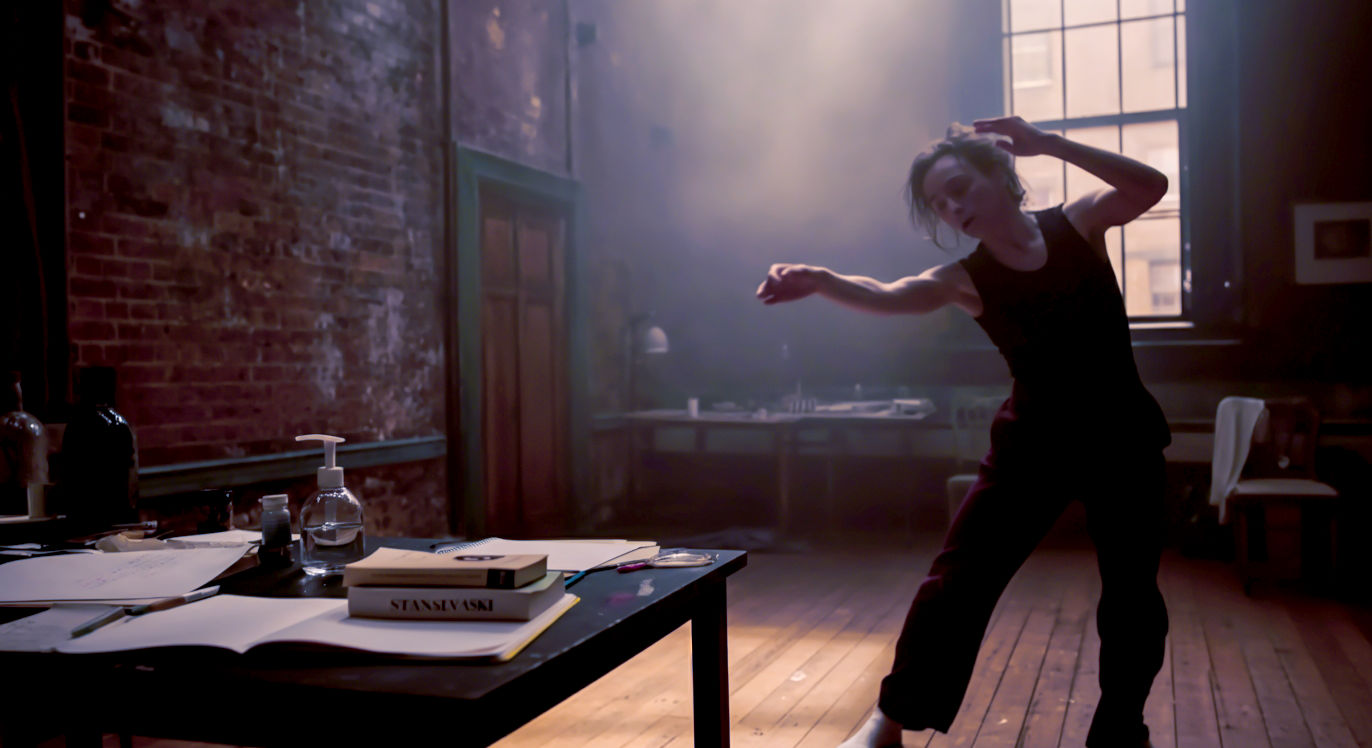
The Stanislavski System: The Granddaddy of Them All
Stanislavski’s ‘System’ is less of a rigid set of rules and more of a toolbox of ideas for creating realistic characters. He wanted to help actors move beyond simply imitating emotions and instead learn to experience them genuinely on stage.
Some of his key ideas include:
- The ‘Magic If’: This is a simple but profound question an actor asks themselves: “What would I do if I were in this situation?” This helps them to put themselves in the character’s shoes and react in a truthful, instinctive way.
- Given Circumstances: These are all the facts the script gives you about the character and their world. Who are they? Where are they? What time is it? What has just happened? By understanding these circumstances inside and out, the actor can build a believable reality for their performance.
- Objective and Super-Objective: Stanislavski believed that every character wants something in every scene (the objective). These smaller objectives all lead to one big, overarching goal that drives the character throughout the entire story (the super-objective). This gives the actor a clear sense of purpose and direction.
Method Acting: Living the Part
When people talk about ‘Method acting’, they’re usually thinking of actors who go to extreme lengths for a role – like Robert De Niro gaining 60 pounds to play a boxer in Raging Bull. This approach grew out of Stanislavski’s work, but it was developed further in America by teachers like Lee Strasberg at the Actors Studio.
The core of The Method is emotional recall, where actors dig deep into their own past experiences to find the emotions required for the character. It can lead to incredibly powerful and authentic performances, but it’s also controversial. Critics argue that it can be psychologically unhealthy for actors and that it’s not always necessary. After all, you don’t need to have actually committed a murder to play Macbeth convincingly! Great British actors like Daniel Day-Lewis are famous for their immersive, Method-style preparations.
Meisner Technique: The Reality of Doing
Another influential American teacher, Sanford Meisner, also studied with Stanislavski but took a slightly different path. He believed that acting wasn’t about dredging up past emotions but about being completely present in the moment and reacting truthfully to what’s happening around you.
The famous cornerstone of his technique is the Repetition Exercise. Two actors sit opposite each other and repeat a simple phrase back and forth, like “You’re wearing a blue shirt.” It sounds strange, but the goal is to get the actors to stop thinking and start listening and responding instinctively to each other’s behaviour. Meisner’s definition of acting was simple: “Living truthfully under imaginary circumstances.” This technique is fantastic for creating spontaneous and connected performances, and it’s taught in many top UK drama schools.
Practical Aesthetics: A Pragmatic Approach
Developed by the playwright David Mamet and the actor William H. Macy, Practical Aesthetics is a straightforward, no-nonsense technique. It breaks down the acting process into a clear, four-step analysis of the scene:
- The ‘Literal’: What is literally happening in this scene?
- The ‘Want’: What does my character want the other character to do?
- The ‘Essential Action’: What is my character doing to get what they want? (e.g., “to persuade a friend,” “to get an answer”).
- The ‘As If’: This connects the character’s want to the actor’s own life. “It’s as if I’m trying to convince my best mate to lend me a tenner.”
This approach gives the actor a clear, actionable goal for every scene, focusing on what the character does rather than what they feel.
In reality, most actors don’t stick rigidly to just one technique. They create their own personal toolkit, borrowing ideas from different methods depending on the role and the project. The ultimate goal is always the same: to create a compelling and truthful character.
The Impact of Acting: More Than Just Entertainment
Acting does more than just entertain us. It holds a mirror up to society, challenges our perspectives, and helps us understand ourselves and the world around us in a deeper way.
Empathy and Understanding
One of the most profound powers of acting is its ability to build empathy. When we watch a great performance, we are invited to walk a mile in someone else’s shoes. We might see the world from the perspective of someone from a different culture, a different time period, or with completely different life experiences from our own.
A powerful play or film can make us feel compassion for a character we might otherwise judge or misunderstand. It can humanise complex social issues, turning abstract statistics into personal stories. This helps to break down barriers and foster a greater sense of connection and understanding between people.
Social Commentary and Change
Throughout history, theatre has been a powerful tool for social commentary. Playwrights and actors have often been the ones brave enough to ask difficult questions and challenge the status quo. From Shakespeare’s critiques of power and politics to modern plays tackling issues like racism, inequality, and climate change, the stage has always been a space for debate.
In Britain, the “kitchen sink dramas” of the 1950s and 60s, written by playwrights like John Osborne, brought the lives of working-class people onto the stage for the first time, challenging the traditional, middle-class focus of theatre. These plays sparked national conversations and changed the face of British culture.
Personal Growth and Confidence
The benefits of acting aren’t just for the audience. For those who practise it, even just as a hobby, the skills learned can be life-changing.
- Confidence: Standing up in front of a group of people and performing takes courage. Learning to do this in the safe space of a drama class can build self-esteem that carries over into all areas of life, from public speaking to job interviews.
- Communication Skills: Acting teaches you how to listen actively, respond thoughtfully, and express yourself clearly and effectively, both verbally and non-verbally.
- Problem-Solving: Breaking down a script and figuring out a character’s motivations is a complex problem-solving exercise. It encourages creative thinking and the ability to look at situations from multiple viewpoints.
- Emotional Intelligence: Exploring a range of human emotions helps you to better understand your own feelings and the feelings of others. This is the very definition of emotional intelligence, a key skill for building strong relationships.
Many businesses now use acting workshops to help their employees with team-building and communication. The skills are universal.
Getting Started: Your Journey into Acting
Feeling inspired? The good news is that you don’t have to enrol in a prestigious drama school to start exploring the world of acting. There are countless ways to get involved, right here in the UK.
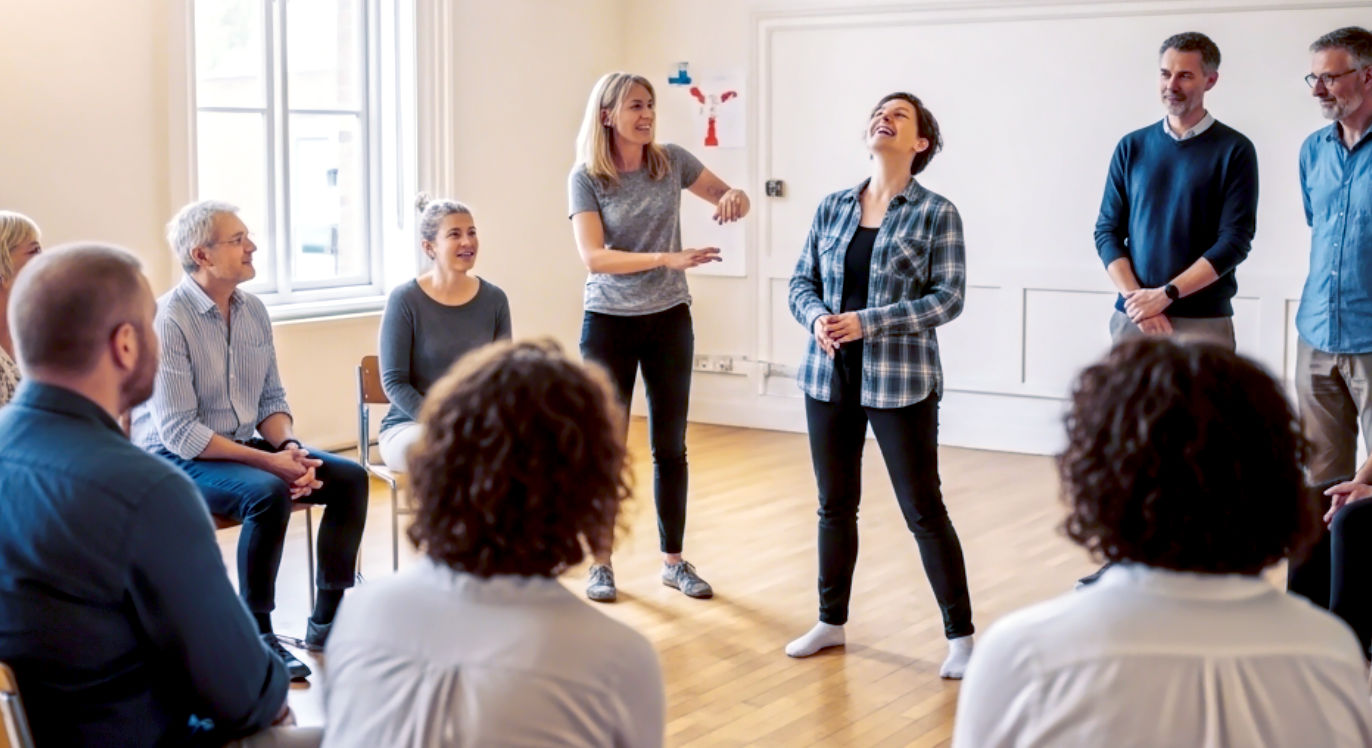
Finding a Local Class or Workshop
For most people, the best place to start is a local acting class. Look for evening or weekend classes for adults at your local arts centre, community college, or amateur theatre group. These classes are usually very welcoming to beginners and provide a supportive environment to learn the basics and have some fun.
Don’t worry about being a “natural.” Acting is a craft, and like any craft, it can be learned. A good introductory class will focus on games and exercises that help you to lose your inhibitions, work with others, and unlock your creativity.
Joining an Amateur Dramatics Group
Amateur theatre (or ‘am-dram’) is a huge part of British culture, with thousands of groups putting on plays in villages, towns, and cities across the country. Joining a local group is a fantastic way to experience the thrill of being part of a full production.
You’ll get to be involved in the whole process, from auditions and rehearsals to performing in front of a live audience. And if you’re a bit nervous about being in the spotlight, there are plenty of other vital roles too, like working backstage, helping with costumes, or building the set. It’s a brilliant way to meet new people and be part of a creative community.
Reading and Watching Voraciously
One of the easiest and most important things you can do is to immerse yourself in the world of stories.
- Read plays: Don’t just read them like a book. Read them out loud. Try to imagine how the characters would speak and move. You can find cheap copies of classic and modern plays in most bookshops or borrow them from your library.
- Watch theatre: There is nothing like seeing a live play. You don’t have to spend a fortune on West End tickets. Check out your local theatre to see what’s on. Many cinemas also now screen live broadcasts from places like the National Theatre through NT Live, which is a great, affordable option.
- Analyse performances: When you watch a film or TV show, pay close attention to the acting. Ask yourself: What choices is the actor making? How are they using their voice and body? Why is this performance so effective (or not)? Be an active viewer, not a passive one.
The Path to a Professional Career
If you decide you want to pursue acting professionally, the journey is challenging but rewarding.
- Training: While not every successful actor has gone to drama school, formal training can provide you with an incredible foundation of skills and techniques. The UK has some of the best drama schools in the world, like RADA, LAMDA, and the Bristol Old Vic Theatre School. Competition for places is fierce, and courses are expensive, but the training is intensive and immersive.
- Getting Experience: Take on any role you can to build your skills and your CV. This could be in student films, fringe theatre productions, or profit-share plays (where the cast and crew share any box office profits).
- Headshots and Spotlight: To be considered for professional work, you’ll need a professional headshot – a high-quality photo that looks like you on a good day. You’ll also need to join Spotlight, which is the UK’s definitive casting directory. Virtually all professional casting in the UK happens through this platform.
- Finding an Agent: An agent is someone who submits you for roles, negotiates your contracts, and helps to guide your career. Getting an agent is a major step, and most actors secure one by inviting them to see their work in a play or a drama school showcase.
The acting industry is incredibly competitive, and it requires resilience, determination, and a thick skin. There will be far more rejections than successes, especially at the start. But for those with the passion and the perseverance, it can be a deeply fulfilling career.
The Future of Performance: Acting in a Changing World
The world of acting is constantly evolving. New technologies and changing cultural conversations are shaping what it means to be an actor today and what the landscape might look like tomorrow.
Technology and the Actor
Technology is changing the industry in profound ways. Performance capture, the technology used to create characters like Gollum in The Lord of the Rings or the Na’vi in Avatar, allows an actor’s every movement and facial expression to be translated onto a digital character. This requires a unique set of skills, blending traditional acting with a high degree of technical precision.
The rise of AI and ‘deepfake’ technology also raises complex questions about image rights and the very nature of performance. Will we see digital versions of famous actors from the past starring in new films? It’s a debate that is only just beginning.
The Enduring Power of Live Theatre
In an age of streaming services and on-demand entertainment, you might wonder if live theatre can still compete. But something magical happens when a group of people gather in a dark room to share a story together. That live connection between the actors and the audience is electric and irreplaceable. It’s a unique, one-of-a-kind event that will never happen in exactly the same way again.
That shared human experience is why theatre has survived for thousands of years, through plagues, wars, and the invention of cinema and television. And it’s why it will continue to thrive, to challenge us, to move us, and to bring us together, long into the future.
Acting, in all its forms, is a celebration of what it means to be human. It’s a journey of discovery, empathy, and expression. It reminds us that despite all our differences, we are all connected by shared stories and shared emotions. And that is a power worth exploring.
Further Reading & Resources
To continue your journey, here are some highly respected UK-based resources:
- The National Theatre: https://www.nationaltheatre.org.uk/
- The Royal Shakespeare Company (RSC): https://www.rsc.org.uk/
- Spotlight: https://www.spotlight.com/
- The Stage: https://www.thestage.co.uk/ (A leading newspaper for the UK theatre industry)
- The Actors’ Centre: https://www.actorscentre.co.uk/ (Offers workshops and support for actors)






